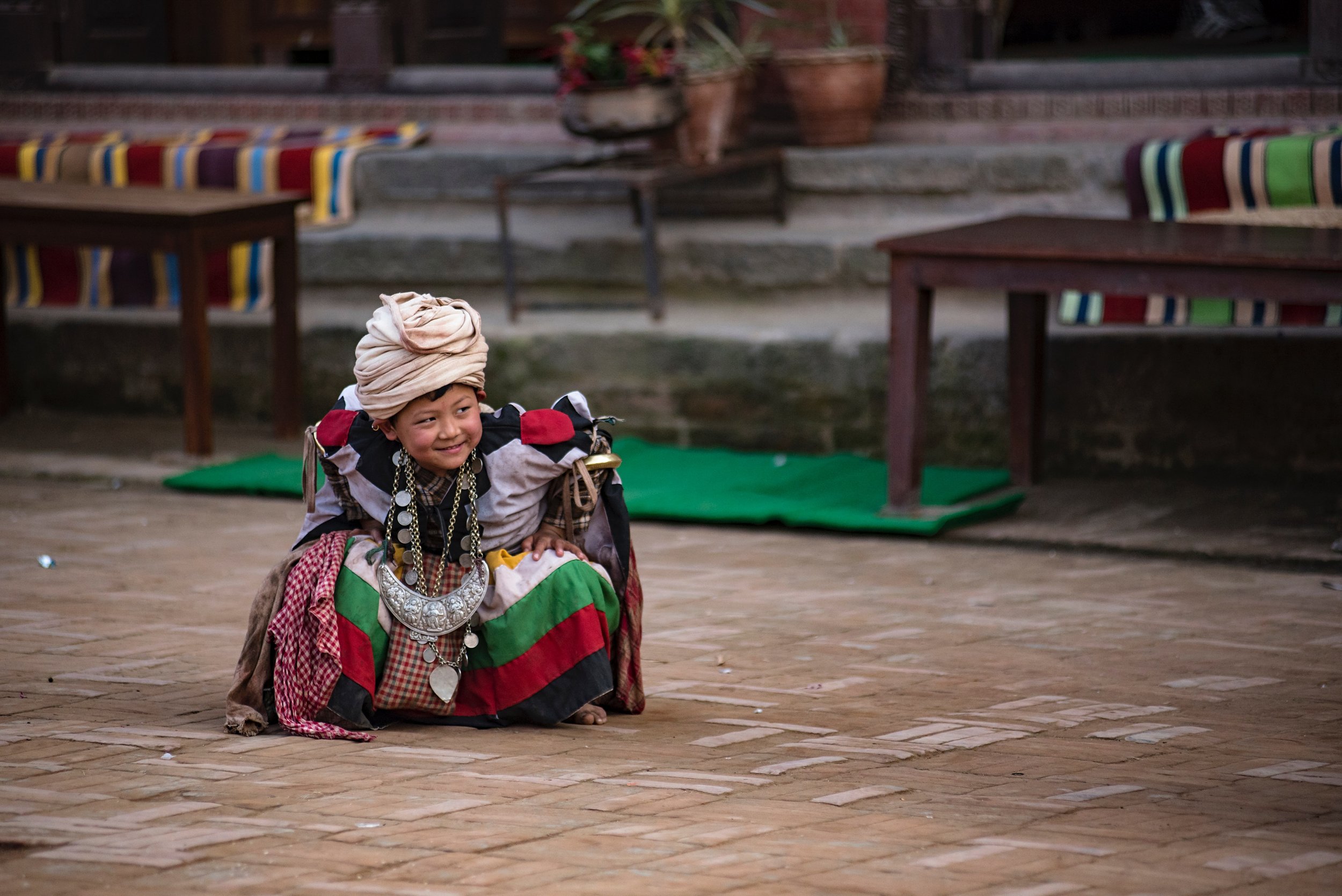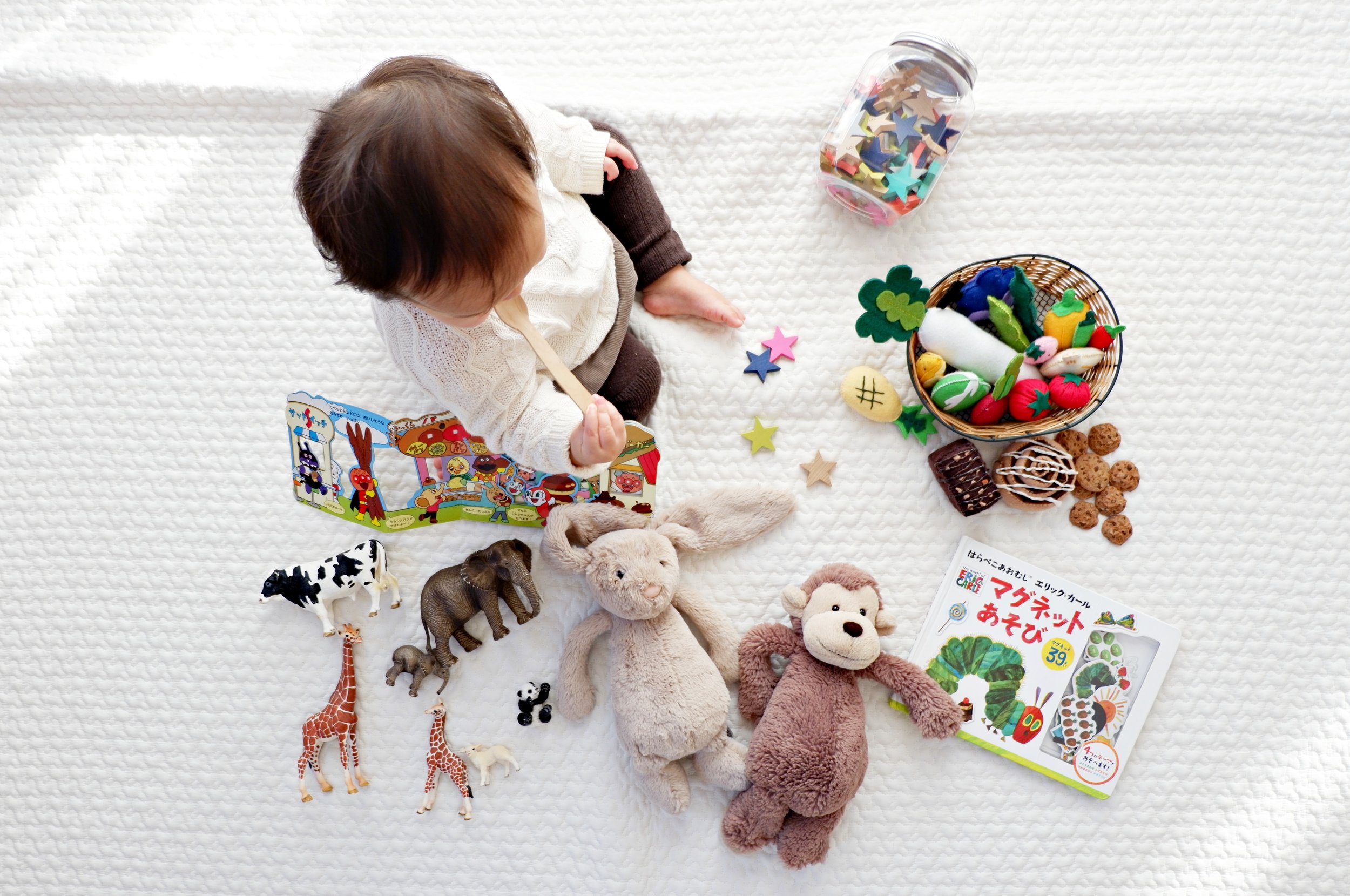How to Integrate Traditions in a Multicultural Family
The 2020 U.S. Census recorded a 276% increase in the number of people who identified as multicultural, up to 24.8 million people from the 2010 census. In a world where multicultural families are a regular occurrence, it is much more important to integrate various family traditions that equally reflect all cultures.
There are ways to navigate by combining your multicultural family’s traditions. We will cover the importance of bonding and developing traditions, researching your ethnic backgrounds, and how to decide what traditions work for your family. We will also touch on the importance of a sense of individual identity, documenting practices, and keeping lines of communication open in multicultural families.
The Importance of Bonding and Traditions in Multicultural Families
Every person is shaped by many variables, not the least of which are ethnic background, family, education, and cultural norms. These become the pillars that define a person and define the guidelines by which this person lives their life.
Creating traditions for your multicultural family will help you make incredible moments that define your family’s unique legacy.
It is essential to represent each culture that makes up your family when bonding and creating or following traditions. Some of the reasons that bonding and traditions are essential for multicultural families are they:
Honor the history that makes up your family inclusively.
Develop a sense of identity reflective of all the cultures that make up your family.
Create an inclusive family dynamic that emphasizes commonalities and highlights differences in traditions.
Establish a sense of connection to a larger community than your immediate family.
Enrich the lives of your family members by sharing cultural knowledge.
Encourage communication among family members of differing backgrounds and beliefs.
Psychology Today’s article “5 Ways to Create Family Traditions” says that making family traditions provides “a sense of continuity and cultural identity and allows us to explore the similarities, the things that resonate within each of us individually, with our ancestors.” The more representative your family’s bonding and traditions are of the multiple cultures in your family, the more inclusive your family dynamic will feel.
Researching Your Ethnic Backgrounds
If you are looking to integrate the multiple cultures of your family into your traditions, it is important to have a thorough knowledge of the nature of those cultures.
Identify All the Cultures that Make Up Your Family
Some general classifications of multicultural families include:
Interracial marriages or adoptions are formed by two (or more) distinct racial or ethnic backgrounds.
Intercultural unions in which couples are products of many cultures, such as people who live in multiple places with distinct cultural identities.
Third-culture kids. Though this usually refers to an individual, it is a term used to describe people who grew up in a culture different from their parents.
You will want to identify and educate yourself about the different cultural backgrounds you wish to represent in your traditions. This will allow you to integrate the practices that represent all those cultures well. Alternatively, you may choose to chuck them all out and make up your new ones.
3 Simple Steps to Doing Your Research
Start with an ancestry background search to understand each person’s heritage.
Do your homework. Find out the norms, beliefs, and traditions of each culture.
Talk to other family members, and maybe even extended family and friends. Learn about what they like about their cultural traditions. You will use this to form a sense of which ones are important to each family member individually.
Choosing Which Traditions to Incorporate in Your Family
There is no one set of guidelines for creating families in multicultural settings. You and your partners are master and commander of the ship and as such, have free reign to decide how to set the tone of the traditions you want for your multicultural family.
When approaching the idea of building traditions in a multicultural family, consider:
Make a list of all the traditions, norms, and beliefs you would like to incorporate into your unique family’s traditions.
Devising creative ways to overlap some of the things you want to include in your traditions while still leaving room to represent each culture individually.
There are two common approaches to multicultural family integration.
Blending Multicultural Traditions
The idea behind blending traditions in a multicultural family is taking a bunch of “traditional” customs and incorporating them into a new calendar.
For example, you may choose to have a seder on Rosh Hashanah, followed by a traditional Christmas Eve feast. Alternatively, you can select a day between the two and create a “hybrid holiday” that celebrates multiple traditions at once.
Blending traditions allows family members to experience a little bit of all the customary things that define a culture.
Creating New Traditions
If your family dynamic feels strongly about opposing traditions, creating new ones is a better approach to creating your own multicultural family’s traditions. For example, rather than celebrate Christmas or Kwanza, celebrate a new holiday like “Family Appreciation Day.”
In her book “Counseling Activities for Children on a Shoestring Budget,” child therapist Allison Neihardt talks about the power of making up holidays, as well as personalizing holiday décor, to encourage bonding in a blended family. Opening the door for non-denominational traditions takes the pressure off trying to accommodate anyone person’s ethnic beliefs.
Keeping a Sense of Identity in Multicultural Families
You don’t want to lose yourself or your cultural identity when setting the foundation of your multicultural family. However, sometimes the road to integration can be slippery, especially if some of the beliefs or norms of the cultures are contradictory.
Try to consider what aspects of their culture and heritage are essential to every family member.
Documenting Traditions in Multicultural Families
Keeping records of your family’s multicultural traditions will help keep them alive for future generations. There is something extra-special about two people of different cultures who come together to build a new family of converged cultures.
Some great ways to document your multicultural family’s defining moments are:
Individualized family history photo books filled with legacy traditions.
Family vacation photo books that tell your unique multicultural adventures.
Keep the Culture Conversation Open
When it comes to blended families, open communication is critical. One of the most beautiful things that define a multicultural family is an openness of understanding and the willingness to accept or compromise.
As people grow, their perspectives may change. Being open to communication will help you adapt your family traditions to fit your family dynamics. The more you talk about your cultures, the less disconnect you feel from the differences. Your family unit is unique, and your traditions should reflect that.












